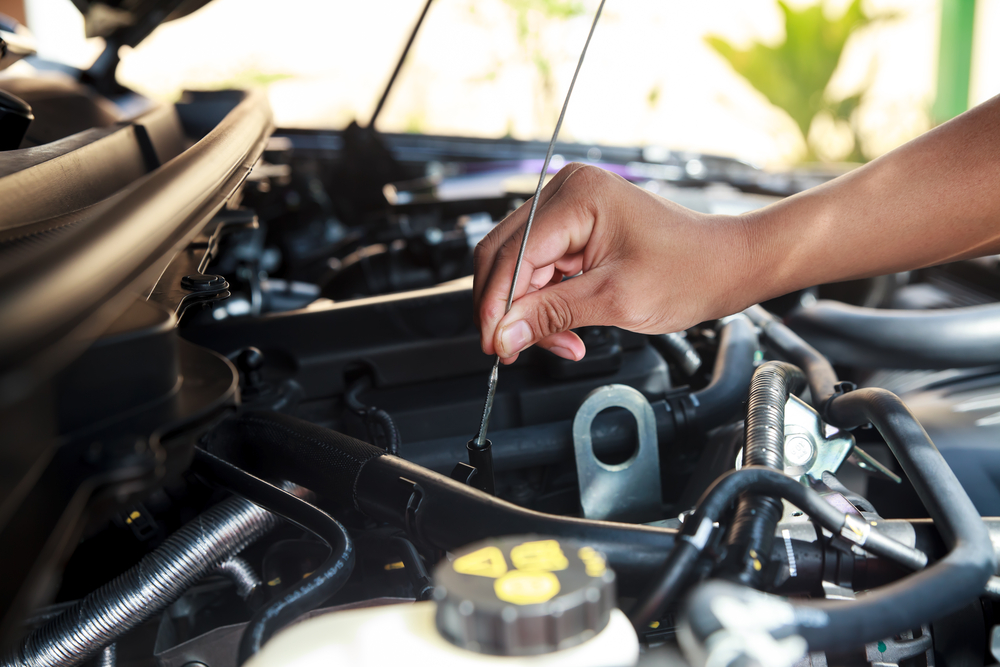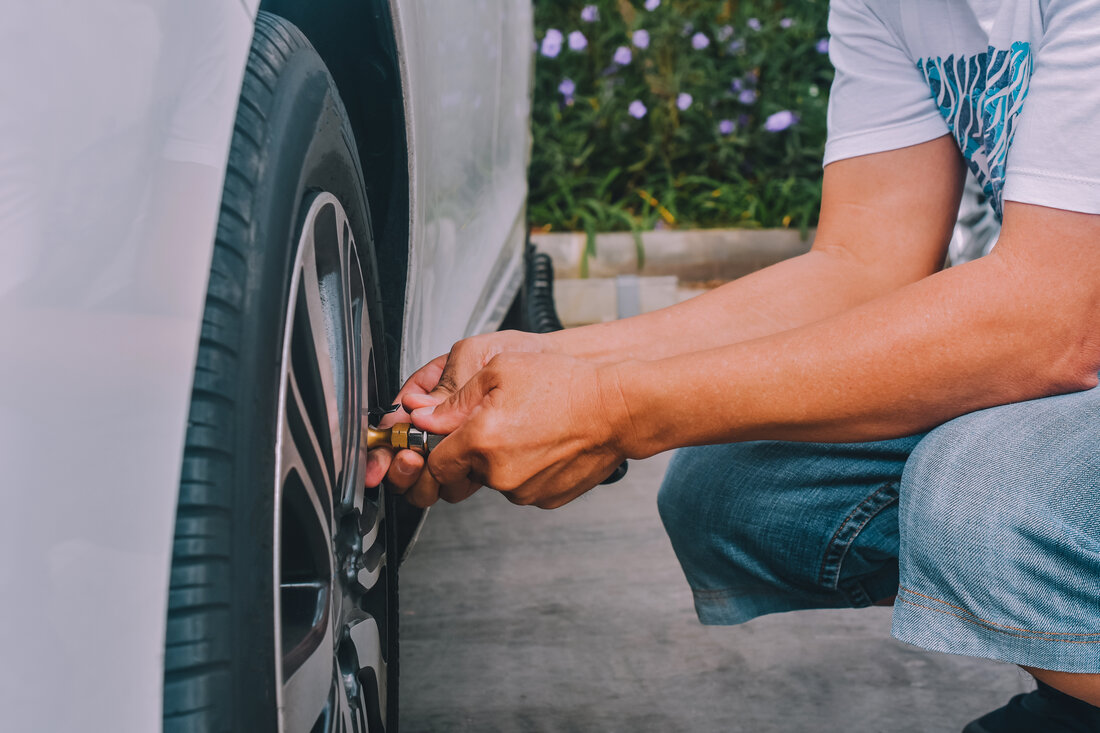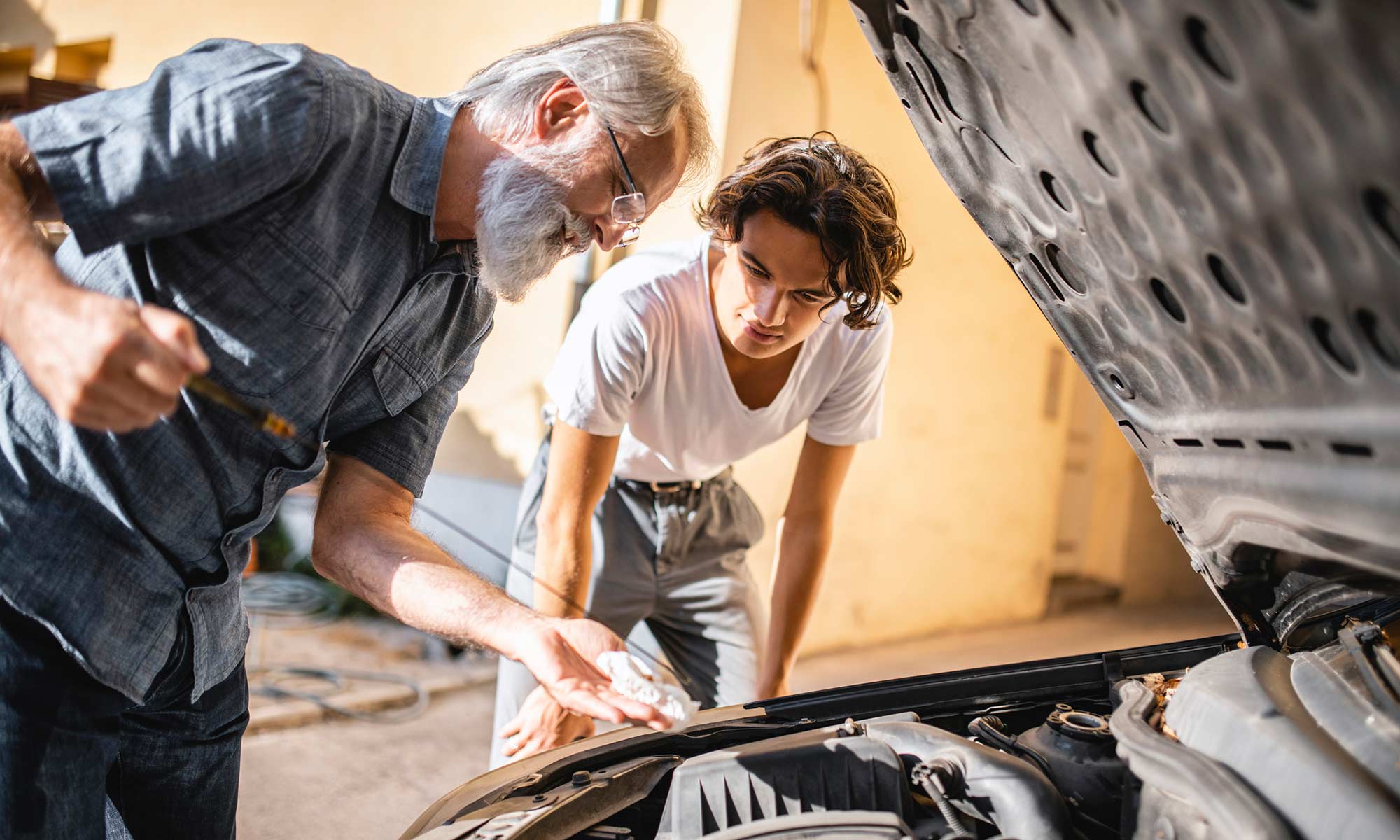Maintaining your car yourself can save you money and time. It’s easier than you think with the right tips and guidance.
Taking care of your car doesn’t need to be overwhelming. With some basic knowledge and a few tools, you can perform many maintenance tasks yourself. This not only helps keep your car in good condition but also gives you a better understanding of how it works.
Plus, you’ll avoid unnecessary trips to the mechanic. In this blog post, we will share essential DIY car maintenance tips. These tips are simple to follow and can make a big difference in your car’s performance and lifespan. Whether you’re a car enthusiast or just looking to save some cash, these tips are for you. Let’s dive in and start taking better care of your vehicle today!

Credit: www.linkedin.com
Essential Tools
Every car owner needs a set of basic tools. A good socket set is a must. It helps with many car repairs. Screwdrivers come in handy for small fixes. Both flathead and Phillips types. Pliers are useful too. They grip and twist. A tire pressure gauge is important. Check tire pressure often. Wrenches are essential. They help tighten and loosen bolts. A jack and jack stands lift the car safely. Work gloves protect your hands. Always keep a flashlight in your kit.
Some repairs need special tools. An OBD-II scanner reads car error codes. Torque wrenches ensure bolts are tight enough. Brake bleeder kits help with brake maintenance. A battery tester checks battery health. Oil filter wrenches make oil changes easy. Spark plug sockets are useful for engine work. Timing lights help adjust engine timing. Compression testers check engine compression. Fuel pressure gauges test fuel system pressure. These tools may seem advanced. But they make car maintenance easier.

Credit: www.ridetime.ca
Regular Oil Changes
Changing your car’s oil regularly keeps the engine clean and running smoothly. It’s an easy DIY task that saves money. Regular oil changes also help prevent costly repairs.
Oil Types
Choosing the right oil is very important. There are three main types: synthetic oil, conventional oil, and synthetic blend. Synthetic oil is good for high-performance cars. Conventional oil is cheaper but needs more frequent changes. Synthetic blend is a mix of both, offering a balance between cost and performance.
Step-by-step Guide
First, gather your tools: oil filter, wrench, and a drain pan. Next, locate the oil drain plug under your car. Place the drain pan under the plug. Unscrew the plug and let the old oil drain out. Once drained, screw the plug back in. Then, remove the old oil filter with the wrench. Replace it with a new one. Finally, add new oil using a funnel. Check the oil level with the dipstick. Make sure it is full but not overfilled.
Tire Maintenance
Check your tire pressure often. Use a tire gauge. The correct pressure is in your car’s manual. Low pressure can cause accidents. High pressure can cause blowouts. Check pressure when tires are cold. Morning is best. Always replace the valve caps.
Rotate your tires every 6,000 to 8,000 miles. This helps even out tire wear. Front tires wear faster than rear tires. Move front tires to the back. Move back tires to the front. Follow your car’s rotation pattern. This can extend tire life. It also improves safety.
Brake System Check
Look at your brake pads. See if they are thin. If they are, replace them. Worn-out brake pads can be dangerous. They can damage your brake rotors. This will cost more to fix. Check them every few months. Keep your car safe.
Check the brake fluid level. It should be between the minimum and maximum marks. Low fluid levels can cause brake failure. Use the right type of brake fluid. Your car manual will tell you which one. Always keep an eye on the brake fluid. It is important for your safety.
Battery Care
Keep battery terminals clean. Dirt can cause issues. Use a wire brush. Scrub the terminals gently. Make sure to remove any corrosion. A mix of water and baking soda works well. Rinse with clean water. Dry the terminals completely. This helps keep the battery working well.
Test the battery often. Use a voltmeter. Connect the red lead to the positive terminal. Attach the black lead to the negative terminal. A good battery reads around 12.6 volts. Anything less may need a charge. If charging does not help, you might need a new battery.
Fluid Levels
Check your car’s coolant level often. It’s vital for the engine’s health. Look for the coolant tank in the engine bay. The tank has marks for “Min” and “Max”. The level should be between these marks. If it’s low, add more coolant. Use the right type for your car. Never open the coolant cap when the engine is hot. It can cause burns.
Check the transmission fluid to keep gears working well. Find the dipstick for the transmission fluid. Pull it out and wipe it clean. Put it back in, then pull it out again. The fluid should be between the “Full” and “Add” marks. If it’s low, add more fluid. Use the correct type for your car. Check the color of the fluid. It should be red or pink. If it’s brown or smells burnt, change it soon.
Air Filter Replacement
Clean filters help your car run better. They keep dust and dirt out. This leads to a smoother engine. Clean filters also improve fuel efficiency. You will save money on gas. Clean filters reduce harmful emissions. This helps the environment. Your car will last longer with clean filters. Regular replacement is simple and effective.
First, find the air filter box under the hood. Open the box by removing the clips or screws. Take out the old filter. Place the new filter in the box. Make sure it fits snugly. Close the box and secure it with clips or screws. That’s it! You have replaced your air filter. This process is easy and quick. Do it every 12,000 miles or once a year.

Credit: www.npr.org
Spark Plug Maintenance
Spark plugs should be replaced every 30,000 miles. Old spark plugs can cause engine problems. Watch for poor acceleration. Notice if fuel economy drops. If the engine misfires, it is time to check the plugs.
Use a spark plug socket for installation. Turn the plug clockwise to tighten. Do not over-tighten it. Hand-tighten first, then use the socket. Ensure the plug is secure but not too tight. This will prevent damage to the engine.
Frequently Asked Questions
What Are Basic Car Maintenance Tips?
Basic car maintenance includes checking oil levels, tire pressure, and brake pads. Regularly inspect the battery, lights, and fluid levels. Follow the manufacturer’s maintenance schedule.
How Often Should I Change My Car Oil?
Change your car oil every 3,000 to 5,000 miles. Check your car’s manual for the exact interval. Regular oil changes ensure engine longevity.
How Can I Improve Fuel Efficiency?
Maintain proper tire pressure, use the correct fuel type, and avoid aggressive driving. Regular maintenance, like changing air filters, also helps improve fuel efficiency.
What Should I Check Before A Long Trip?
Before a long trip, check tire pressure, oil levels, and coolant levels. Ensure all lights are working. Inspect brakes and wiper blades.
Conclusion
Regular car maintenance keeps your vehicle running smoothly. These DIY tips save money and time. Simple tasks like checking oil and tire pressure help a lot. Clean your car regularly to prevent rust. Replace wiper blades for clear vision in rain.
Always consult your car’s manual for specific advice. Stay proactive with maintenance to avoid costly repairs. Caring for your car ensures safety and longevity. Enjoy driving with confidence and peace of mind. Happy motoring!
